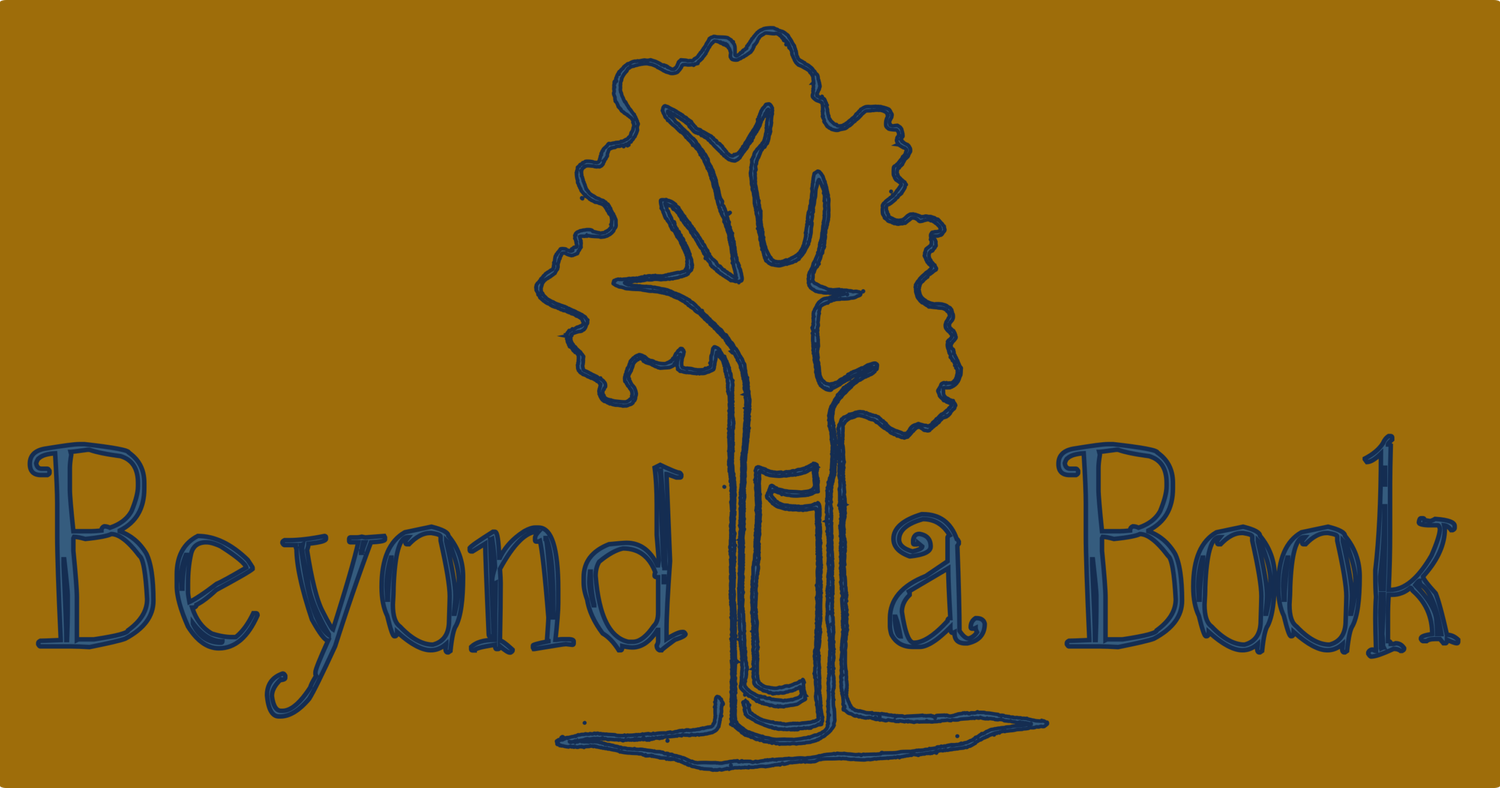by Chrissa Pedersen
**Thanks Chrissa for writing this wonderful overview of the monarch migration and my trip following the butterflies. It is an especially perfect introduction for younger kids.**
Overwintering
It’s March 2017, in the volcanic mountains of central Mexico. Millions of monarch butterflies cling to the branches and trunks of the towering Oyamel pine trees. These butterflies are about to begin an amazing journey. Sara Dykman, a biologist and founder of Beyond A Book is migrating with them—on a bicycle!
Sara and four generations of monarchs will travel approximately 10,000 miles from Mexico, across the USA to Canada, and back again in nine months.
Millions of monarchs cling to the Oyamel Fir trees.
Sara is migrating with them.
Weights and Measures
Sara feels a kinship with the monarchs by bicycling. She’s using her legs to pedal while the butterflies use their wings to fly. With all of Sara’s luggage—tent, sleeping bag, camera, computer, phone, clothes, toothbrush, stove, pocket knife, tools, and more—her bike weighs about 32kg (32000 grams). A monarch weighs up to 0.75 grams and they don’t carry any luggage.
Sara’s bike is heavy with everything she needs. The monarchs don’t carry any luggage.
Mass Migration
Sara knew it was time to leave when millions of orange wings filled the blue canvas of sky. As the monarchs soared overhead, Sara tried to keep up, but the monarchs outpaced her and reached the Southern USA first.
The monarchs are looking for milkweed, the only plant they can lay their eggs on. Monarch caterpillars eat the natural toxins present in milkweed, which makes them poisonous to predators. The bright colors of monarch caterpillars and the adult butterflies are an advertisement: “Stay away! We’ll make you sick.”
Monarch caterpillars shed their skin as they grow. The last time a monarch sheds, it forms a hard casing called a chrysalis. The children of the Mexican monarchs are called Generation 1. While Generation 1 matures from eggs, to caterpillars, to butterflies, Sara leap-frogs ahead of them on her bike.
When the monarchs started painting the sky, it was time to start.
Milkweed is the only plant monarch caterpillars can eat. It is what makes them poisonous.
Relay-Race North
After 40-50 days, Generation 1 unfolds their newly minted wings and head north. They begin to pass Sara. On rainy days the monarchs can’t fly, but Sara pedals rain or shine. Wind blows the monarchs off course and slows Sara down. Sometimes Sara is in the lead and sometimes the monarchs are, but they’re all headed north. Searching out milkweed, the monarchs lay eggs for the next generation of butterflies in this relay-race north.
Monarchs don’t fly when it is cold and rainy, but Sara bikes whatever the weather.
The Next Generation
Generation 2 are the children of Generation 1, and the grandchildren of the Mexican monarchs that Sara began her journey with. Monarchs used to number in the billions, but scientists have noticed that monarch numbers are decreasing rapidly. Their single biggest threat is the loss of native milkweed. Fields of corn and wheat have pushed the milkweed to the narrow edges of fields. Without milkweed, fewer caterpillars are hatched each year and fewer make it back to the wintering grounds in Mexico.
Farm fields use to be full of milkweed. Every year the monarchs find less milkweed, and because of this their population is declining.
Final Generation Flies South
In the fall as the days begin to shorten, the monarchs hatched in Canada and the Northern USA don’t fully mature. They delay egg-laying, and put all their energy into flying south to Mexico! As the monarchs travel south, they cluster together in trees at night to sleep. Sara sets up her tent and cocoons herself in her sleeping bag as the temperature drops.
Gardeners in Canada, the USA, and Mexico have planted flower waystations so monarchs can fatten up for the miles ahead. Sara has her own waystations; people invite her into their homes and schools to learn about the monarch migration.
Sara uses maps to plan her route. Scientists aren’t sure how monarchs navigate. They probably use the sun and Earth’s magnetic field, but there may be other cues that we’re not aware of yet. We know the routes monarchs use to travel south because of citizen scientists, who tag and release monarchs. The first person to tag a butterfly was Dr. Fred Urquhart of the University of Toronto. As a kid, Fred wondered where the monarchs he saw in Canada went in the fall. It took him 40 years to locate one of his northern tagged butterflies in Mexico!
Nadia has a waystation for monarchs and a house for Sara to rest at.
Most nights Sara sleeps in a tent.
Mexico
Delicate wings shimmer like shards of stained-glass in the sunlight. The monarchs have arrived in Mexico! Sara, the park guides, tourists and scientists are all here to welcome them.
These monarchs traveled over 3,000 miles to the very same trees their great-great-grandparents overwintered. How did they find their way? It’s a mystery waiting to be solved!
With luck, these mighty monarchs will take to the skies in March to begin this amazing multi-generational migration once again.
These monarchs will begin another migration. Their descendants could visit you if you invite them in with some flowers and milkweed.
Chrissa lives and writes in Philadelphia, PA, USA. She has a BS from Cornell University, and an MS from Manhattan College in environmental engineering.
Find her on Twitter @ChrissaPed











